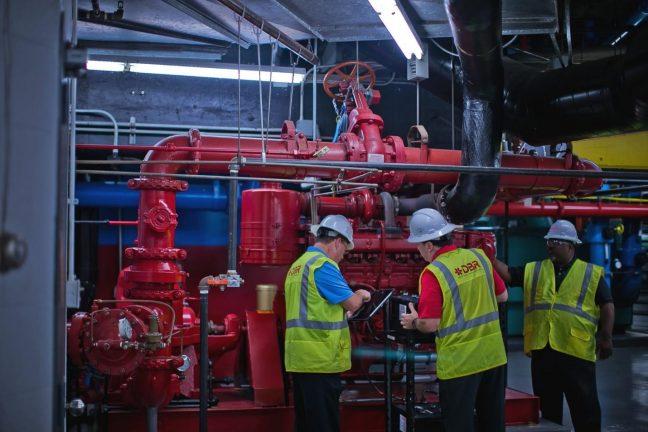When it comes to creating a safe, healthy, and efficient commercial kitchen, choosing the right kitchen hood system is essential. In Dubai and throughout the UAE, kitchen owners and chefs face numerous challenges such as fire hazards, poor air quality, and regulatory compliance. Resco Kitchen Hood Systems offer the perfect solution, ensuring your kitchen remains safe, compliant, and comfortable for your team.
Why Choose Resco Kitchen Hood Systems?
Resco is a leading kitchen hood supplier in Dubai and across the UAE, known for providing high-quality kitchen hood systems with integrated fire suppression. Our advanced kitchen hood fire suppression systems are designed to protect your kitchen and your team from the risks associated with cooking. Whether you own a small café, a restaurant, or a large commercial kitchen, Resco offers customized solutions tailored to your specific needs.
Key Features of Resco Kitchen Hood Systems
- Integrated Fire Suppression System for Maximum Safety
One of the most significant concerns in a kitchen is fire safety. Resco Kitchen Hood Systems come equipped with cutting-edge fire suppression technology that automatically detects and extinguishes fires, preventing further damage and ensuring the safety of your kitchen. With this system, you can comply with local fire safety regulations and avoid the risk of fire hazards, keeping your kitchen running smoothly.
- Efficient Air Quality and Ventilation
Cooking can quickly fill the air with smoke, grease, and strong odors. Resco kitchen hoods are designed to efficiently capture smoke and grease particles, ensuring that the air in your kitchen remains fresh and breathable. Our hoods are equipped with advanced filtration systems that remove harmful particles, providing a healthier work environment for your staff.
- Compliance with Local Regulations in Dubai and UAE
Operating a commercial kitchen in Dubai or the UAE means complying with strict local regulations regarding fire safety, air quality, and kitchen design. Resco’s kitchen hood fire suppression systems are designed to meet these exact standards, giving you confidence that your kitchen is fully compliant with local laws. With Resco, you’ll avoid penalties and ensure that your kitchen meets all necessary health and safety codes.
Benefits of Choosing Resco Kitchen Hoods
- Durable and Reliable Performance
Resco Kitchen Hood Systems are built to last. We provide high-quality kitchen hoods that are durable and reliable, so you don’t have to worry about frequent replacements or maintenance. Our hoods are constructed using premium materials, ensuring that they withstand the rigors of daily use in a busy kitchen environment.
- Customized Solutions for Every Kitchen
Every kitchen is different, and a one-size-fits-all solution simply doesn’t work. Resco offers customized kitchen hood systems to meet the unique needs of your kitchen. Our team works closely with you to design a system that fits your kitchen’s size, layout, and cooking requirements, ensuring optimal safety and efficiency.
- Expert Guidance and Support
As a trusted kitchen hood supplier in Dubai, Resco is committed to offering expert guidance and support throughout the entire process. From selecting the right system to installation and maintenance, our team is here to ensure that your kitchen hood system performs at its best. Our customer service team is always available to assist with any questions or concerns you may have.
Why Resco is the Leading Kitchen Hood Supplier in Dubai and the UAE
Resco is a trusted name in the UAE for kitchen hood systems that prioritize safety, quality, and performance. Whether you need a kitchen hood with fire suppression or simply a system for better air ventilation, we have the expertise to provide the perfect solution for your kitchen.
As a kitchen hood supplier in Dubai, we pride ourselves on our reputation for delivering reliable, high-performance systems. We work with you to ensure that your kitchen is safe, efficient, and compliant with all local regulations, so you can focus on running your business.
Get in Touch with Resco Today!
Don’t compromise on safety, air quality, or compliance. Choose Resco Kitchen Hood Systems for your commercial kitchen. Our kitchen hood systems with integrated fire suppression are designed to protect your kitchen and enhance your staff’s working environment. Whether you’re looking for a new installation or an upgrade, Resco is here to help you every step of the way.
Contact us today for a free consultation and discover how Resco’s kitchen hood systems can improve the safety and efficiency of your kitchen. Our team is ready to help you find the perfect solution tailored to your needs.





